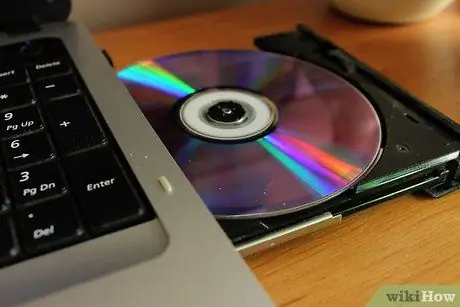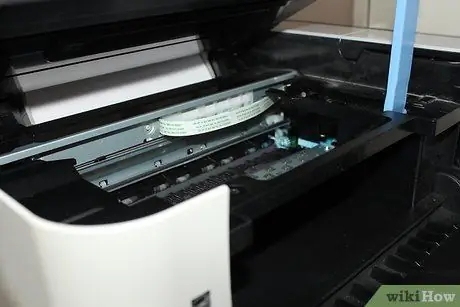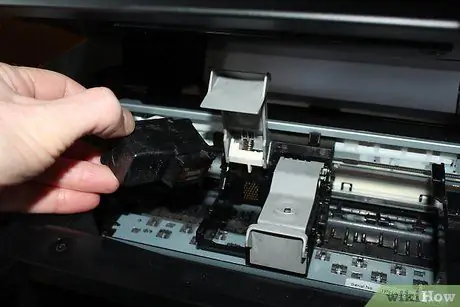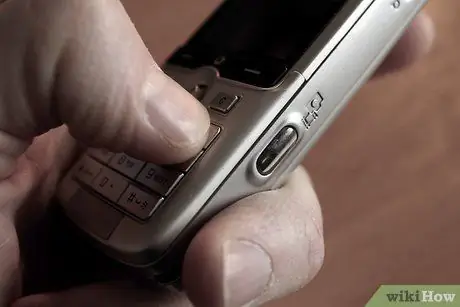It is true sometimes printers can reduce anyone to a state of utter frustration due to constant paper jams or ink streaks. In these cases you might feel justified in buying a new printer, right? Wrong! Very often, by making small changes or carrying out routine maintenance of the device, it is possible to continue to use it in full efficiency, solving the most common problems and saving precious money.
Steps

Step 1. Use only sheets of paper that are the correct size and type for your printer, according to the instructions in the user manual
Also check that you have not overfilled the paper feed tray to avoid annoying paper jams or dragging problems, which can also be the cause of smudged or irregular prints. Some types of printers may have difficulty printing on special paper, such as glossy photo paper or very heavy card stock. By using regular lightweight A4 sheets of paper created specifically for printers and copiers, it is very likely that you will completely solve this type of problem.

Step 2. Updating or reinstalling the printer drivers may resolve printing errors due to strange or unrecognizable characters
To do this, go directly to the device manufacturer's website (which is very often clearly indicated in the user manual), then select the correct file based on the printer model and operating system in use. Follow the on-screen instructions to complete the installation. Insert the manufacturer's website into your favorites to regularly check for any future driver updates.

Step 3. Clean the print head (or heads) regularly to avoid smudged printouts or unclear images and characters
Most printer maintenance features can usually be accessed from the print window of any program. To do this, press the "Properties" button next to the printer name. Choose the Standard Maintenance tab, then select the option to check and clean the print head nozzles. If the lines that are printed are blurred or are interrupted, select the function that allows you to automatically clean the print heads by removing encrustations of ink, debris and dust. Perform this maintenance regularly to avoid clogging of the print head nozzles causing the printer to lose efficiency.

Step 4. If the printer has detected that the ink level inside the cartridge or toner is low, or if images and text do not appear on the paper after printing, replace this component with a new one to correct the problem
Each printer has a specific model of cartridges, so refer to the guidelines included in the user manual to find out which ones to buy or how to install them. Typically this information is also summarized visually at the bottom of the printer cover or on the packaging of new cartridges or toner, or directly on the computer screen when the operating system detects that the remaining ink level is low. It is good to remember that occasional use of the printer is the cause of the fact that the liquid ink in the cartridge dries up, generating incorrect or completely white prints.

Step 5. If all the options described so far have not solved the problem, it may be time to seek professional help if it is a high-end printer, contact the manufacturer directly if the device is still under warranty, or to consider the purchase of a new printer if the one in question already has many years of honorable service to its credit
Advice
- Always keep the printer's instruction manual in a safe place near your computer. If you've already thrown it in the trash or your printer didn't have one, you'll most likely be able to download one from the web by searching online based on the make and model of the printing device.
- Most of the steps described in the article are also helpful in solving the most common problems encountered when using office copiers.






